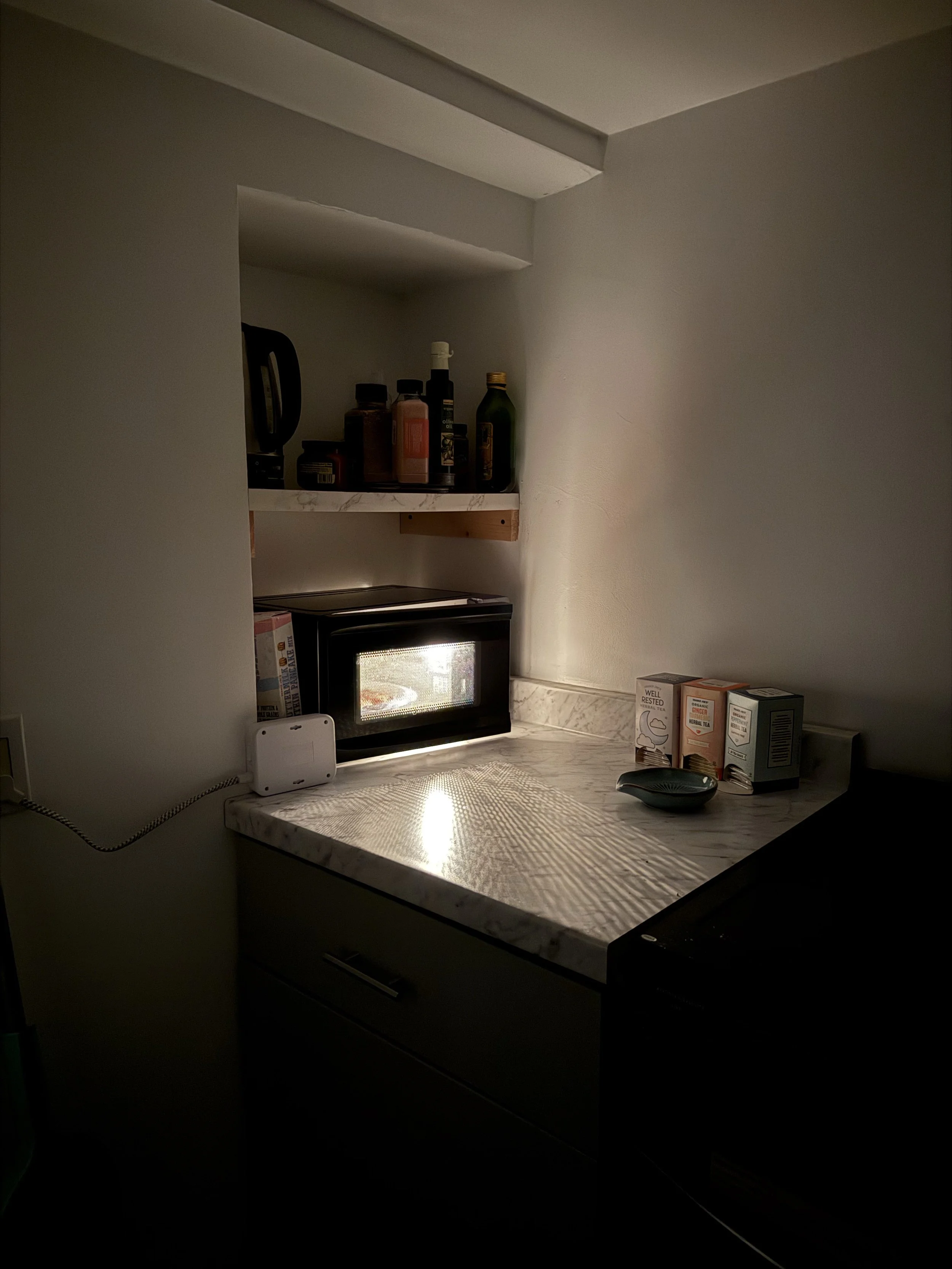Microwave Dreams, Legacy Delusion
When Speed Becomes the Strategy and the Soul Gets Left Behind
In a world where Amazon delivers in hours and same-day service feels slow, we’ve normalized urgency as identity. The faster we post, the more “present” we feel. But presence without intention is not power. It’s panic dressed up as productivity.
Welcome to the Instapot Era.
Brands cook in high-pressure cycles. Content calendars are crammed, but meaning is malnourished. Strategy is reduced to “just post it,” and audiences, trained to scroll, no longer remember what they saw or why they should care.
The Culture of Clicks Has a Half-Life
We’re not just chasing attention anymore. We’re running from stillness, from silence, from the sacred pause that separates relevance from resonance.
Even a ten-minute video now feels excessive. Studies show that short-form content reduces message recall by nearly 30 percent. This effect isn’t just momentary. It’s cumulative. We’re rewiring our audiences to forget us faster and demand more before they even understand what they’ve consumed.
It doesn’t stop there. A two-year study following more than 3,000 adolescents linked high-frequency media exposure with rising symptoms of inattention and a decreased ability to follow through on tasks. This erosion of focus isn’t just anecdotal. When context-switching becomes the default, our ability to be present in creative work, relationships, and strategy takes a hit.
Yes, those seven-second videos might be driving views.
But at what cost?
The Hidden Hunger
This isn’t a war against short-form content. Reels, TikToks, and Shorts are the front door now. But a door to what?
If your brand has nothing beyond the first impression, you’re not building equity. You’re serving digital tapas with no main course. Quick content can spark curiosity only if there’s somewhere for that curiosity to land.
The solution isn’t to post less. It’s to design with more purpose.
Start treating your short-form like a trailer. Not the film.
Let the scroll stop at your hook. Let your story unfold where depth is welcome. Your newsletter, your live series, your private salon, your podcast, your owned community.
This isn’t about slowing down for the sake of pacing.
It’s about remembering that influence doesn’t live in impressions.
It lives in the quality of what you leave behind.
Ritual Over Reach
If your brand doesn’t have a ritual, it doesn’t have gravity.
You don’t need a flashy signature series to qualify. What you need is repeatable intimacy. That could look like a monthly long-form release, a Sunday voice note drop, a Friday letter, or a quarterly idea salon for your inner circle. Something that teaches your audience to make space for you.
I built Known-ish on this exact principle. Repeatable intimacy over viral chaos.
Because in the noise of the algorithm, ritual is what keeps people coming back.
The Real Risk of Moving Too Fast
When your voice fractures to keep up with the feed, your brand starts to sound like everyone else. When your audience is trained to forget, they will. You’ll have to shout louder and post more just to get back to zero.
Meanwhile, the brands who build slow and with spine are setting the table for something different.
They don’t compete in the churn.
They outlast it.
Treat Your Brand Like a Black-Tie Affair
Every day this week, I’ll be releasing two archetypes.Every piece of content is an invitation. The question is: what kind?
Are you handing out flyers on a street corner hoping someone glances your way? Or are you curating an atmosphere that is selective, intentional, and exquisite, where the people who belong already know they’re expected?
One model ghosts its own legacy for the sake of engagement.
The other builds movements that don’t need reminders to return.
If you’re ready to shift, start here.
Slow the churn. Publish with purpose.
Treat every piece like it matters. Because that’s how trust is built.
And trust is what scales.
